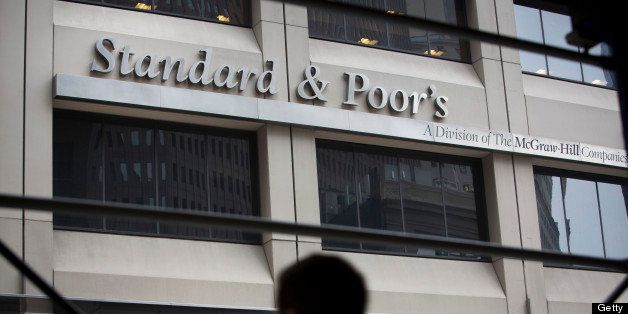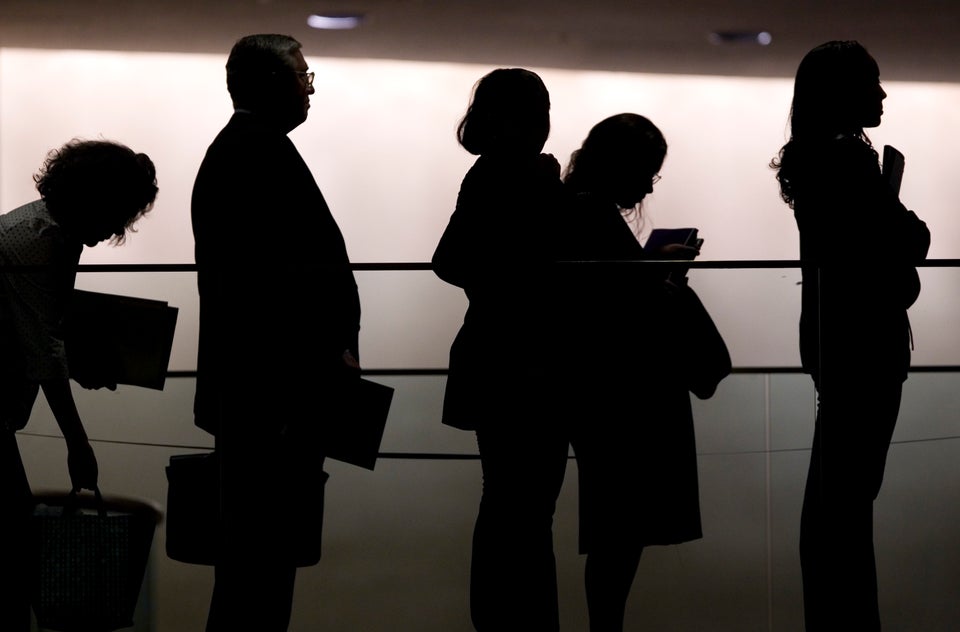
If you somehow missed out on all the fun of the last financial crisis, don't worry: We're apparently slowly building up to another one.
The latest example is a New York Times analysis that suggests the Standard & Poor's credit-rating agency has loosened its standards for rating Wall Street's mortgage-backed securities, a practice that has miraculously helped S&P get even more business rating Wall Street's mortgage-backed securities!
According to the NYT, S&P has consistently given higher ratings on new mortgage bonds than its rivals, Moody's and Fitch, ever since the rating agency made some hard-to-understand adjustments to its criteria last September. Probably not coincidentally, banks have suddenly been far more eager to get S&P to rate mortgage bonds since last September, too, according to the NYT. Before the criteria change, S&P had been struggling to win business.
S&P called the NYT's analysis, which was done for the paper by a research firm called Commercial Mortgage Alert, "flawed." And it is notable that, according to a chart provided in the NYT story, Moody's actually has had tougher ratings standards than S&P in recent years, and yet has rated more bonds. This suggests there could be something else at work here beyond just "easy ratings equals more business."
S&P's analysis of mortgage-backed securities ahead of the crisis was seriously flawed, too, though the rating agency was not alone. Moody's and Fitch played the game, too: All of them over-rated mortgage bonds in order to win the banks' favor. Then those mortgage bonds went kablooey, catching everybody by surprise and nearly destroying the financial system.
This was possible because of the hopelessly perverse incentives in the credit-rating industry: The banks pay the rating agencies to rate the bonds they build. The banks are trying to sell those bonds to customers, let's call them "muppets," so they want the highest ratings possible, to help convince the muppets they're safe to buy. In order to get that sweet Wall Street cash, rating agencies before the crisis obliged by holding their noses and slapping AAA ratings on whatever hunks of collateralized junk Wall Street shoved in front of them, barely even trying to understand or convey the risks of those securities.
Amazingly, despite the crisis that ensued, the incentives for the rating agencies have not changed: They still get paid by Wall Street to rate bonds. The trouble is that nobody can figure out an alternative system. Neither investors nor the U.S. government are all that eager put up the cash for ratings. Instead, they're trying to rely less on ratings as a measure of risk.
Since the crisis, the agencies have at least seemed to be aware that they are maybe the only institutions more widely despised than the banks, and they have been just a little more careful about their ratings. It maybe helped a bit that the U.S. government sued S&P over its ratings ahead of the crisis -- a warning to the other agencies not to step out of line.
S&P has cleverly used the "hey, everybody knew we were full of shit" defense in that lawsuit, claiming that its many promises of objective, thoughtful analysis were mere "puffery," like just one big ad for herbal Viagra.
And the agency is right about that: We should all realize by now that these ratings can't be fully trusted.
But investors tend to forget that sort of stuff when there are fistfuls of money to be made in a credit bubble. We're nowhere near the levels of credit mania we saw in, say, 2007. But there are signs it's slowly making a comeback, including ever-shakier leveraged loan standards, easy money for private equity and, now, the first hints of a return to gaming the credit-rating system.
